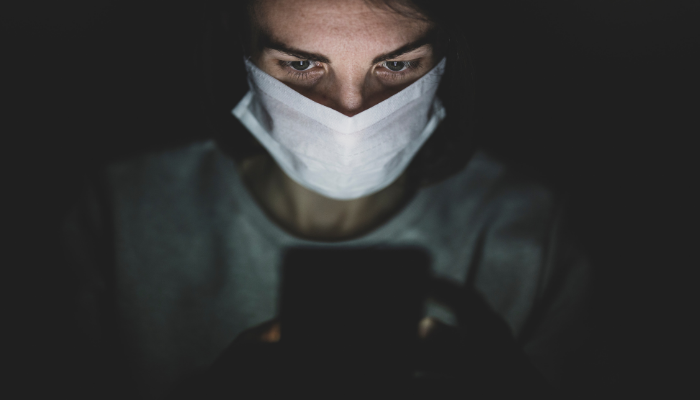What is telehealth?
Telehealth is the delivery and facilitation of health and health-related services through users’ computers and mobile devices. Now more than ever, telehealth is gaining traction as coronavirus continues to grapple organizations worldwide. Helping patients and healthcare staff to remotely access health information services, medical care, education, and digital communication, telehealth is at the center of many online discussions. Healthcare providers are taking advantage of telehealth to protect patients and staff from the virus during the pandemic. 97% of healthcare leaders have expanded telehealth access since the pandemic, according to a survey from the Medical Group Management Association.
Why is telehealth important during the COVID-19 pandemic?
With these telehealth services, healthcare staff can focus on what’s important: maintaining continuous care to patients while avoiding negative consequences of any delayed prevention or routine care. Remote access to healthcare services allows for more patients who are socially vulnerable or who do not have ready access to providers to get healthcare. Telehealth services let patients use their mobile devices to keep track of their blood sugar levels, medication, and other information that needs to be reviewed by a nurse, who can then respond electronically. Patients can also use an online patient portal to see their test results, schedule appointments, request prescription refills, or email their doctor via these same telehealth services. During the COVID-19 pandemic, this is invaluable.By reducing the possible spread of the virus and by increasing social distancing, telehealth services can be a safer option for both healthcare staff and patients during the COVID-19 pandemic.
What is the difference between telehealth and telecare?
A common misunderstanding of people is that telehealth, telemedicine, and telecare are all interchangeable. But each term refers to a different way of administering healthcare via existing technologies. In this blog, we will be focusing on the difference between telehealth and telecare.
Telehealth
Defined, telehealth is a service that can be used as the connection between providers and patients in different locations. It helps transfer and facilitate patients’ medical information, healthcare education, and healthcare services from one place to another with the help of technology. In addition to the ability to remotely detect the medical condition of patients, telehealth technology can remotely diagnose and evaluate patients at home so that specific medication can be altered accordingly.
Telecare
Telecare is a technology that lets patients maintain their health and manage recovery while staying at home especially during the COVID-19 pandemic. It includes telecommunications technology like mobile monitoring devices and medical alert systems. Healthcare staff can remotely monitor patients’ lifestyle changes as well as receiving alerts relating to real-time emergencies remotely.
Critical remote access for telehealth
 Like with most internet-connected technologies, telehealth is also being targeted by hackers during the COVID-19 pandemic.The use of mobile devices to access telehealth services has increased the amount of traffic that is trying to enter a specific network. That is a piece of good news for hackers because no firewall is protecting the different endpoints. Telehealth services exchange patients’ information from one endpoint to another. That can be a dangerous act, especially during the pandemic because no one knows when and how hackers will seep into the network.Therefore, secure remote access is needed for the healthcare industry, and in particular telehealth services. So patients can communicate with telehealth staff, receive personal data, test results, and much more without any worries.
Like with most internet-connected technologies, telehealth is also being targeted by hackers during the COVID-19 pandemic.The use of mobile devices to access telehealth services has increased the amount of traffic that is trying to enter a specific network. That is a piece of good news for hackers because no firewall is protecting the different endpoints. Telehealth services exchange patients’ information from one endpoint to another. That can be a dangerous act, especially during the pandemic because no one knows when and how hackers will seep into the network.Therefore, secure remote access is needed for the healthcare industry, and in particular telehealth services. So patients can communicate with telehealth staff, receive personal data, test results, and much more without any worries.
Conclusion
While one of the most popular ways for health organizations to protect against cyberattacks is through the use of VPN, there are many downsides to corporate VPNs. For example, a VPN can be costly and a hassle to get the system up and running. Not just that, VPNs do not monitor malicious traffic for you. That means hackers can wreak havoc on your systems without you even knowing it. On the other hand, Cloudbric Remote Access Solution offers an easy and cost-effective way to secure remote access. Read more about it here: cloudbric.com/cloudbric-ras. Cloudbric Remote Access is different because it prevents unauthorized users from accessing private networks thanks to its Traffic Monitoring, User Authentication, and Hack Prevention features.






